NCN 5 Stratford-upon-Avon to Birmingham
The Jewellery Quarter, Birmingham
Ride overview
If Day 2 was about gardens, castles, dukes and playwrights, today is about needles, nails and pen nibs, for the stage leaves the gentility of rural England for it’s industrial heart. Canal towpaths, traffic-free paths, country lanes as far as Redditch and many a suburban housing estate will escort you all the way into glorious Birmingham, England’s second city. It is a fabulous city where Victorian industrial architecture bristles with confidence, ingenuity and graft and is the perfect foil for fabulous modern architecture in the city centre.
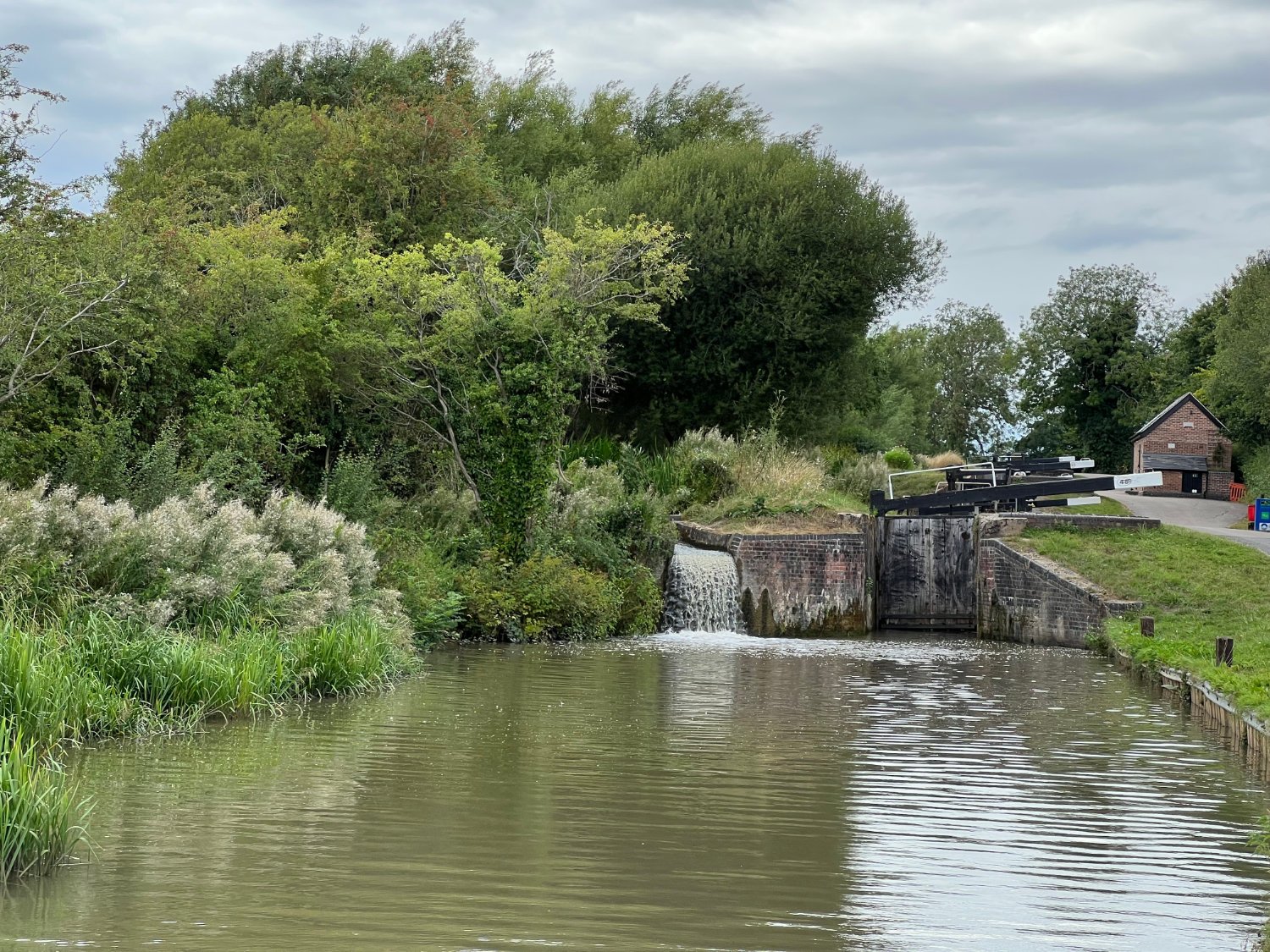
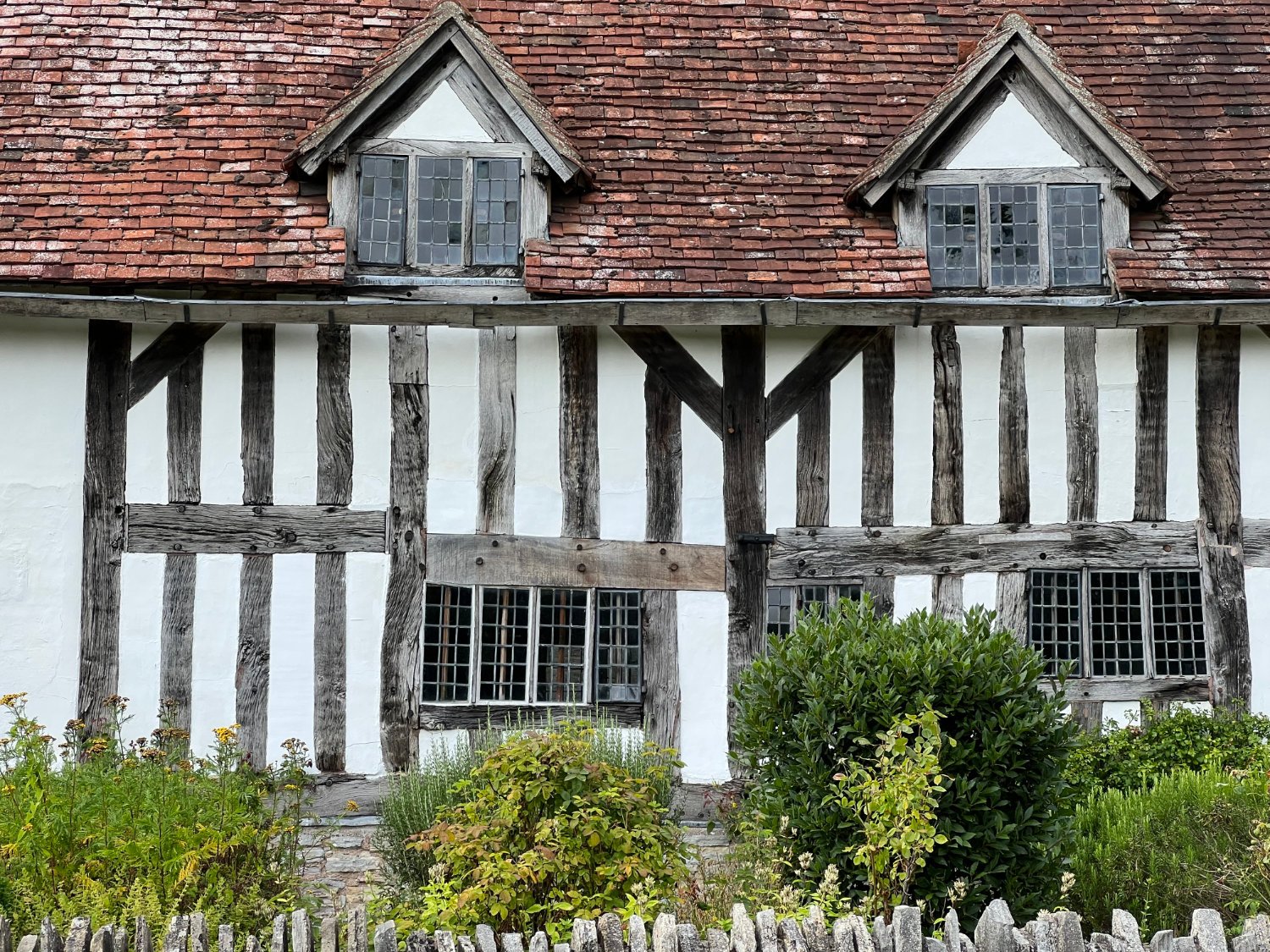
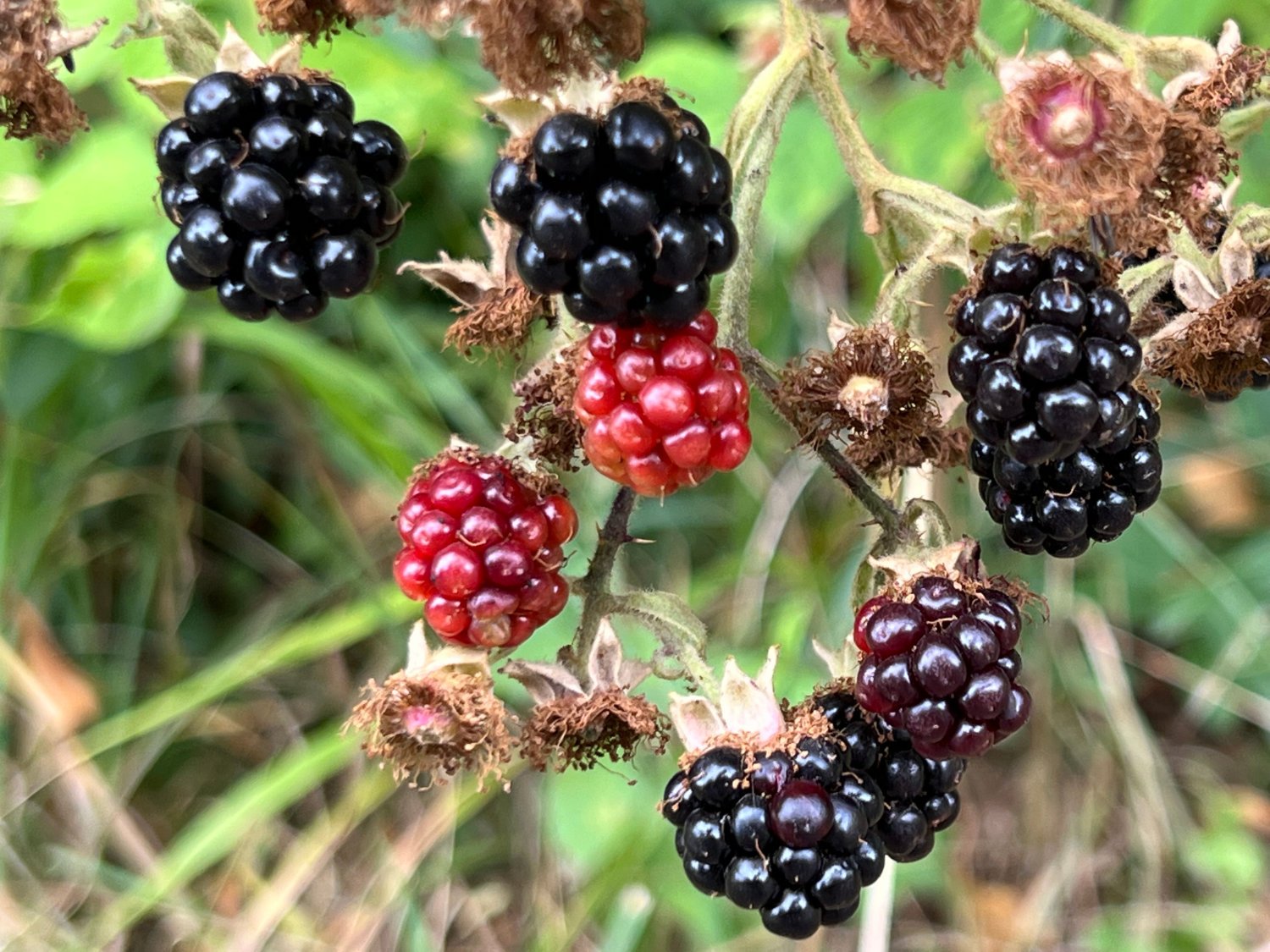
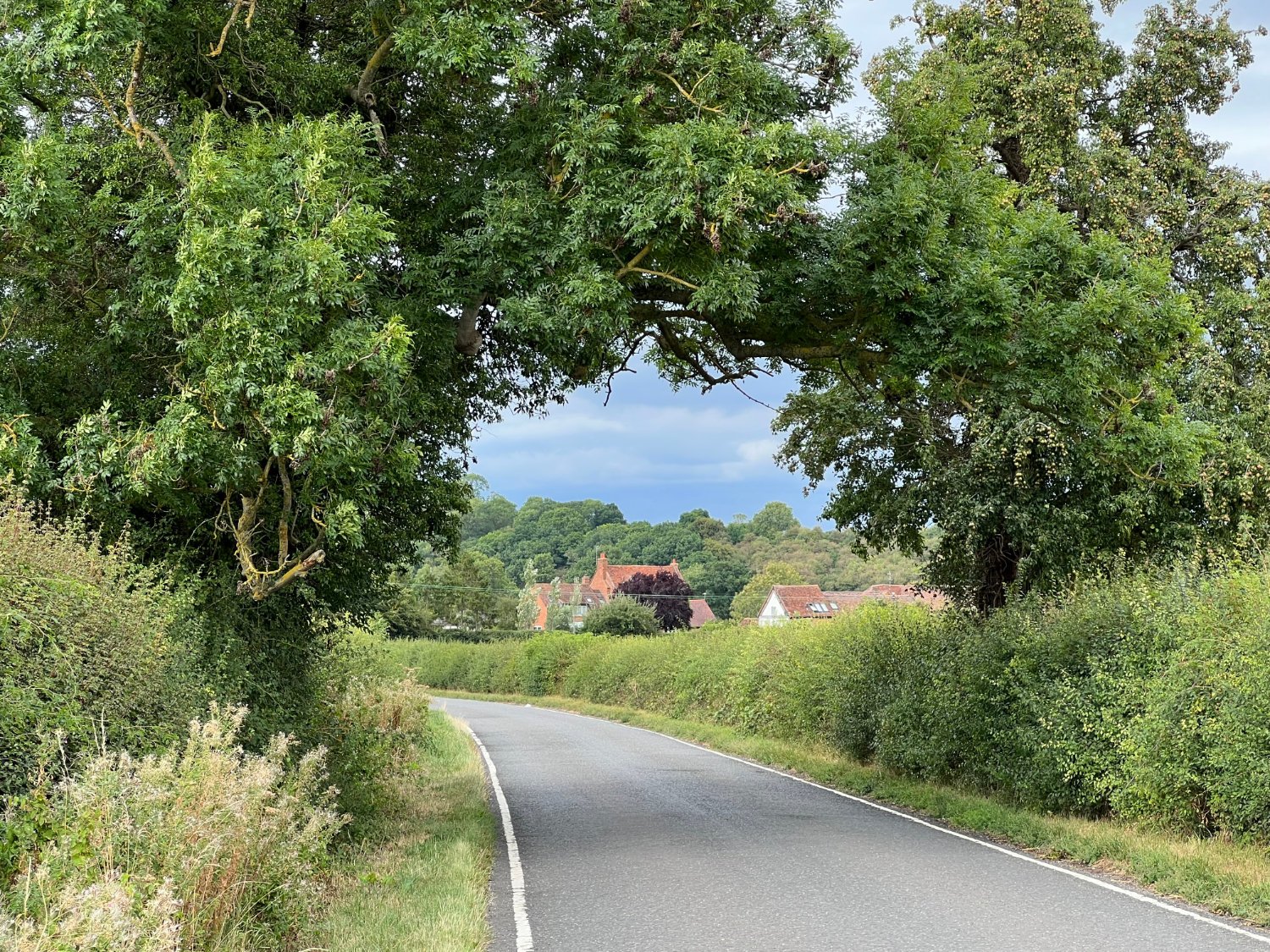
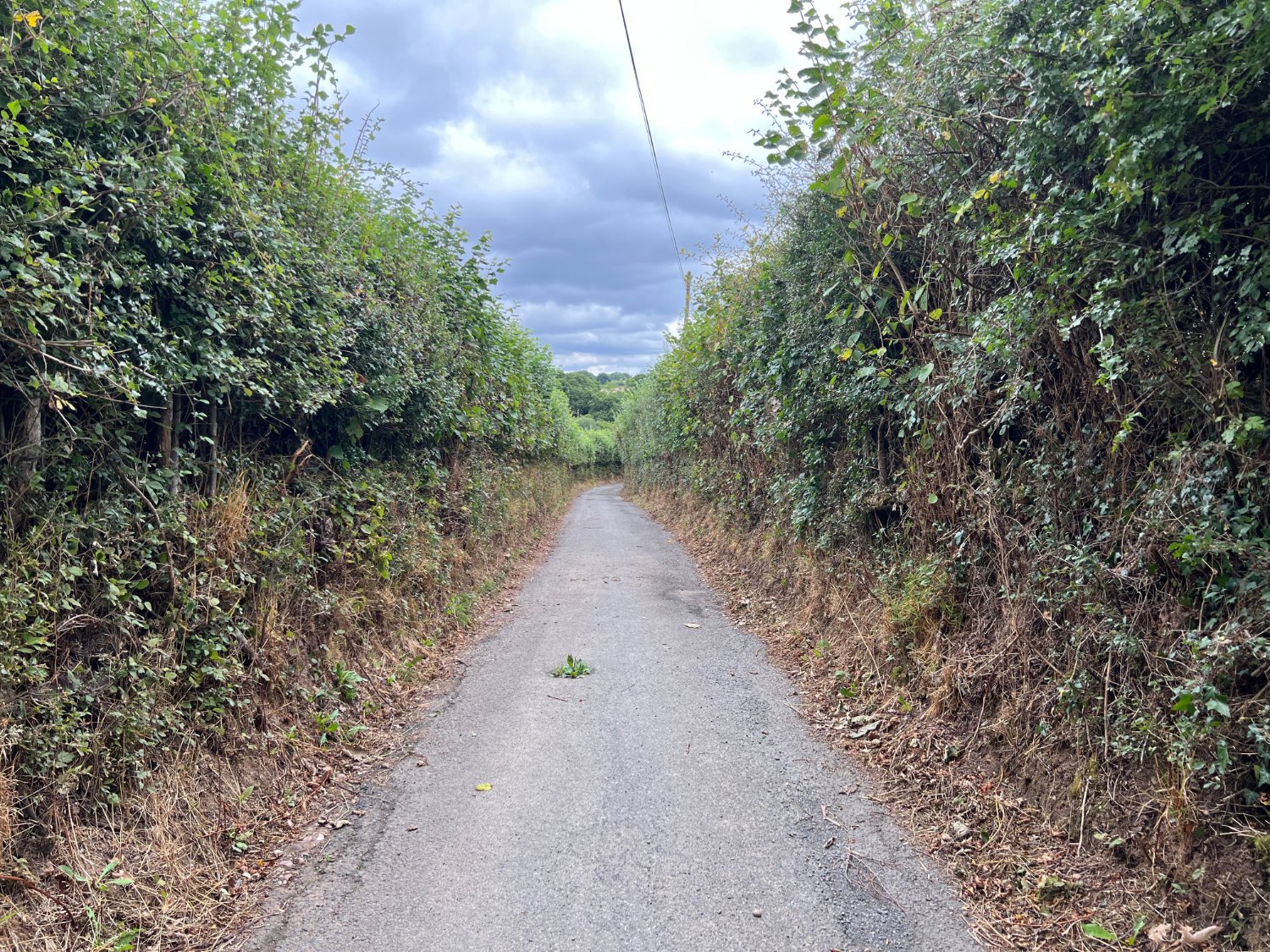
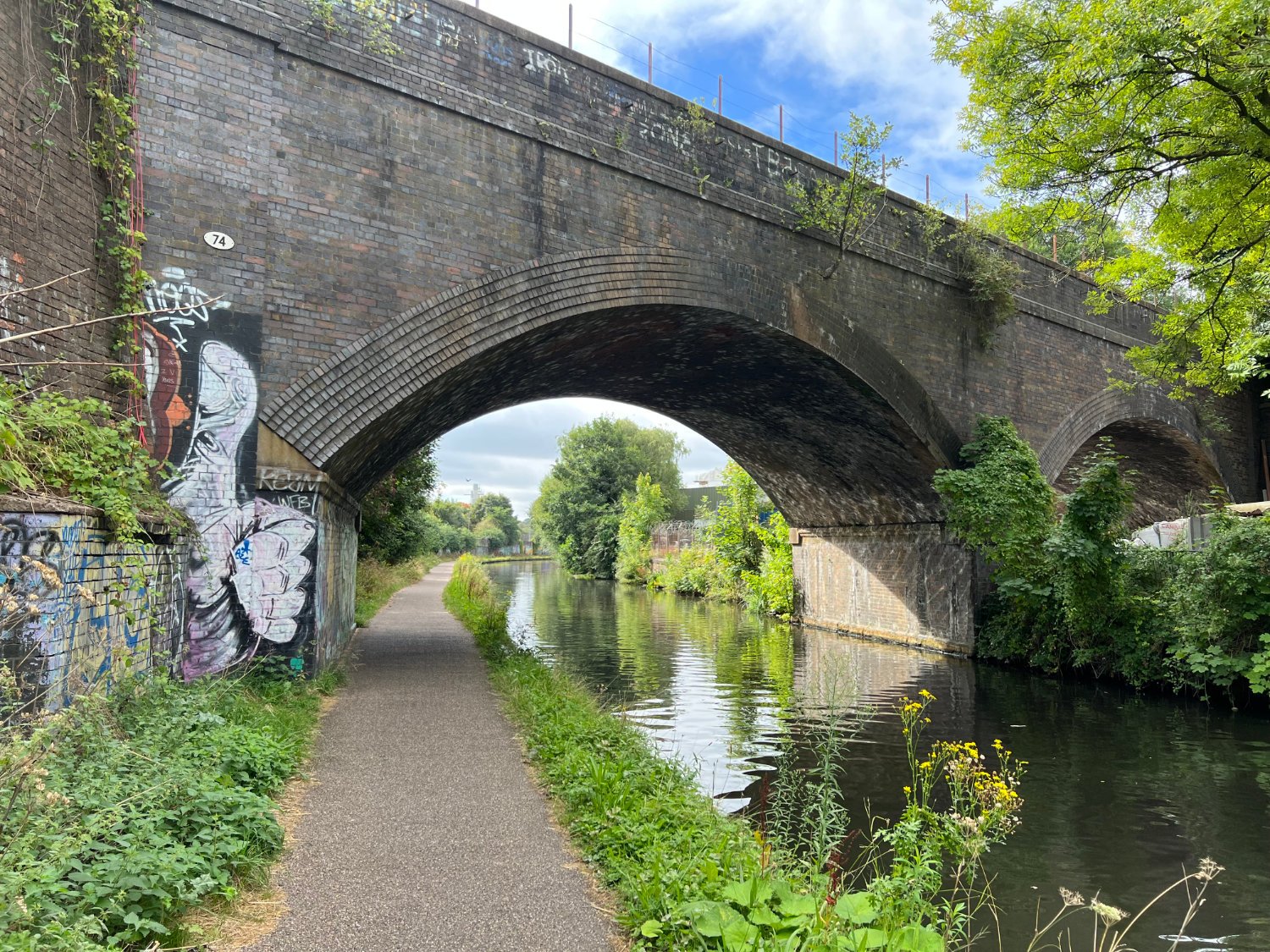
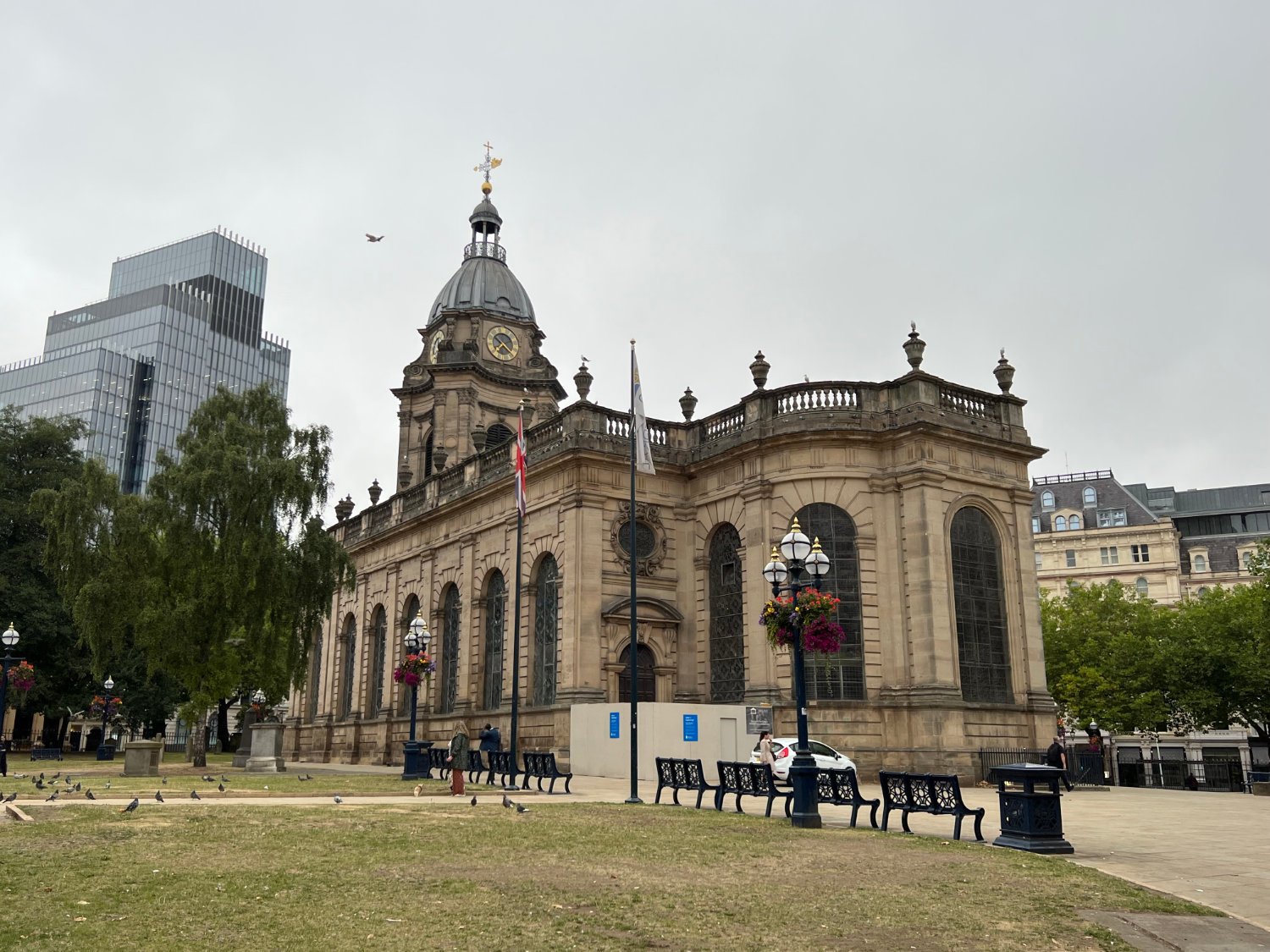
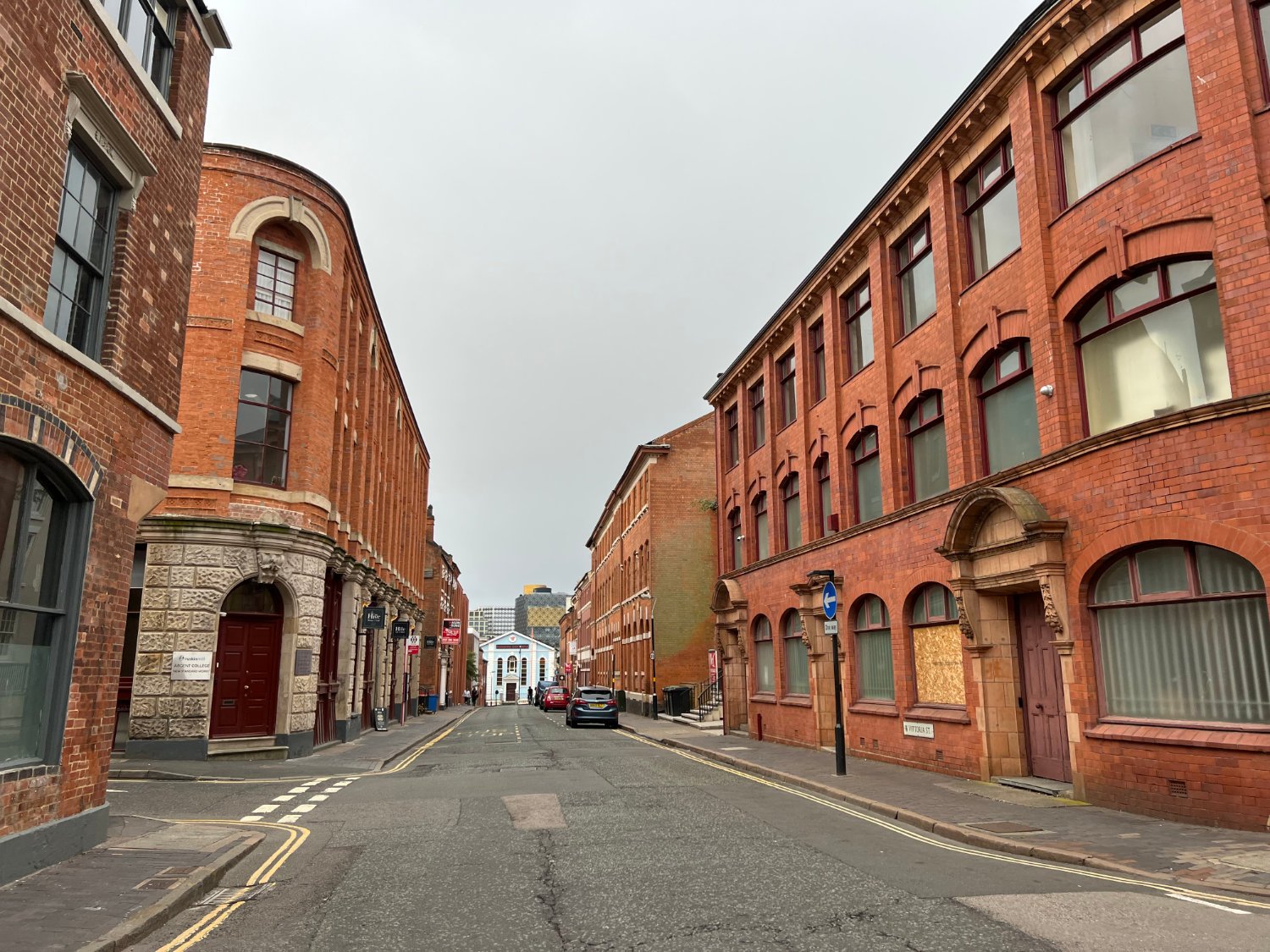
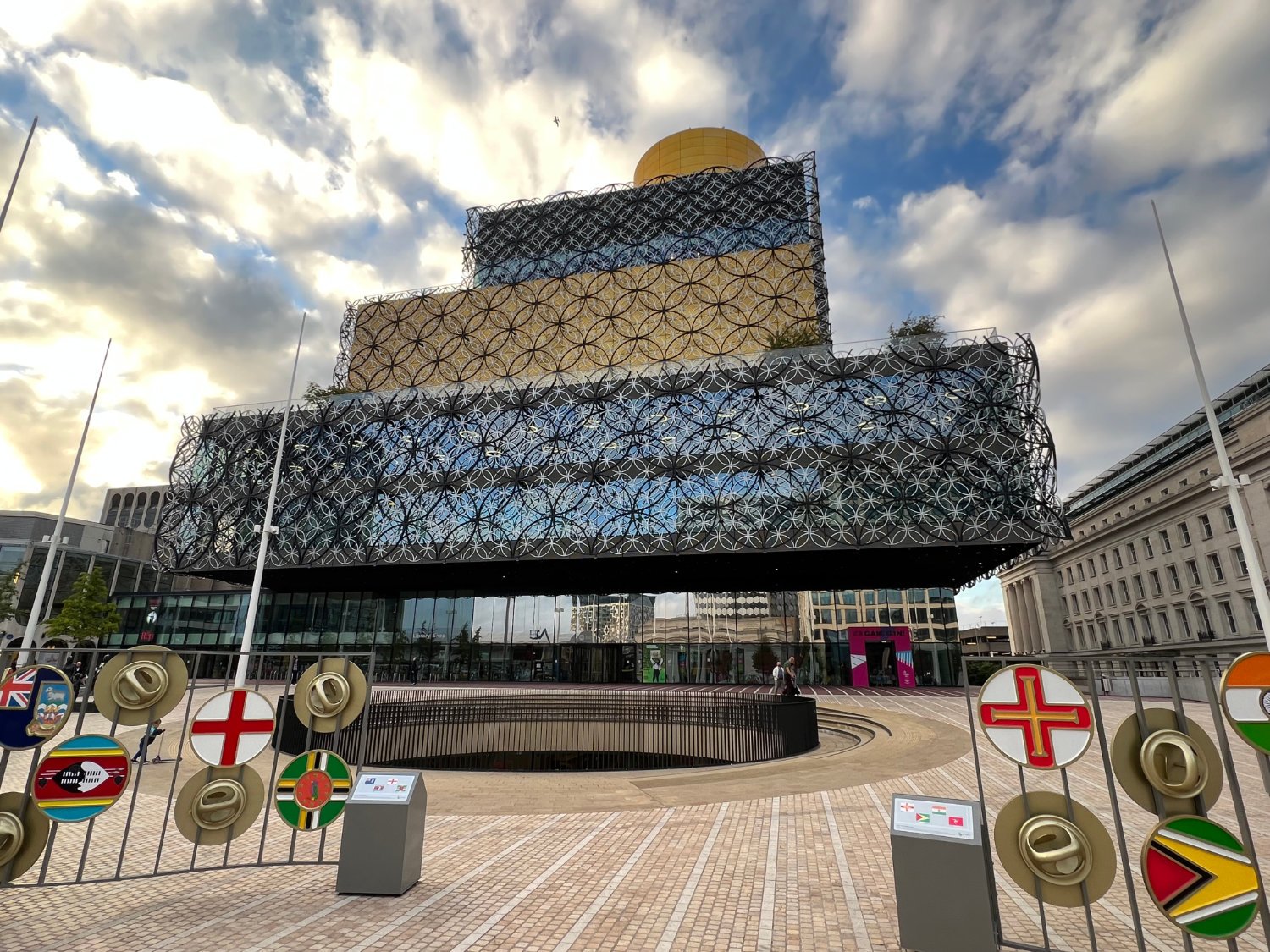
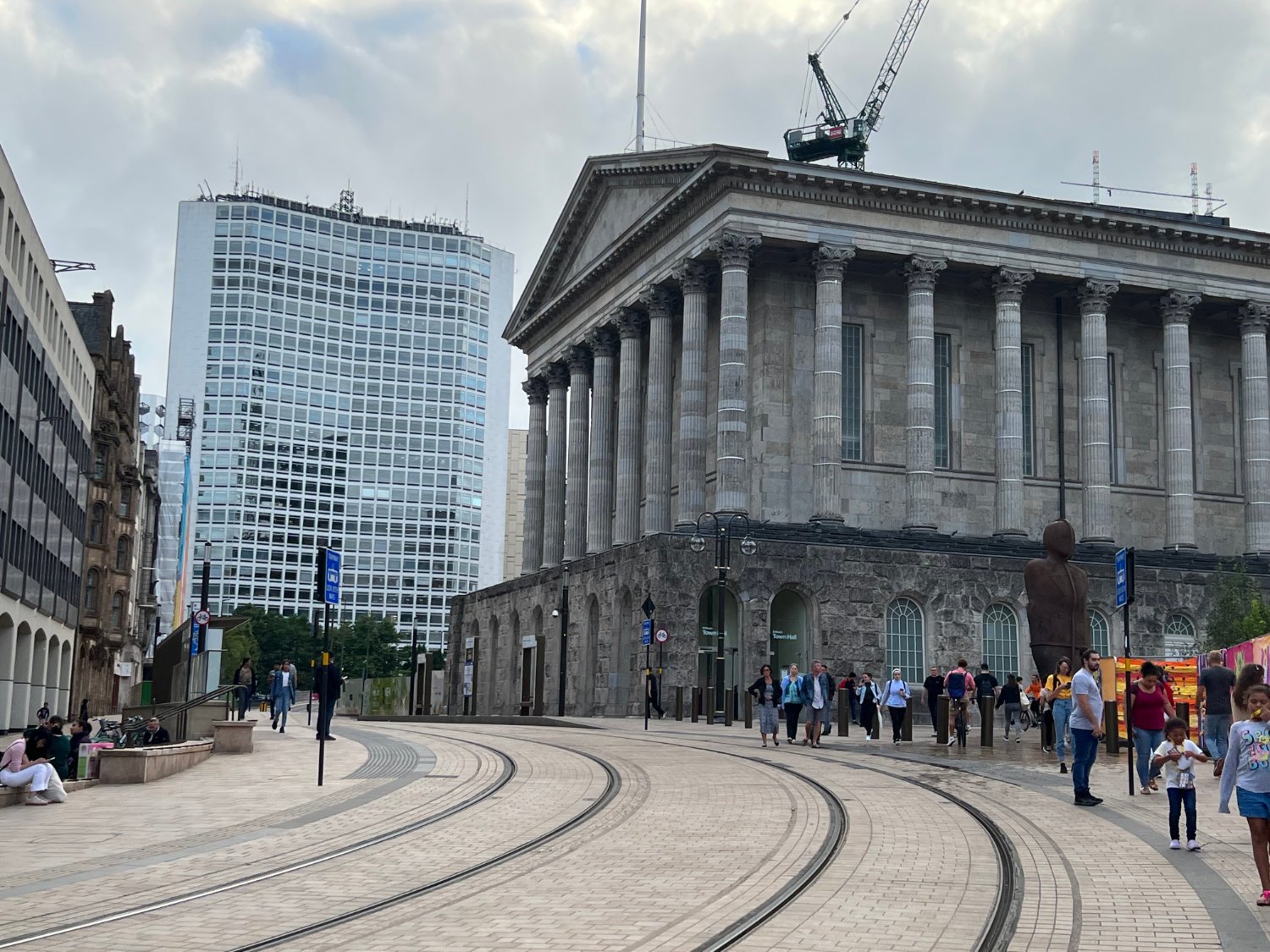
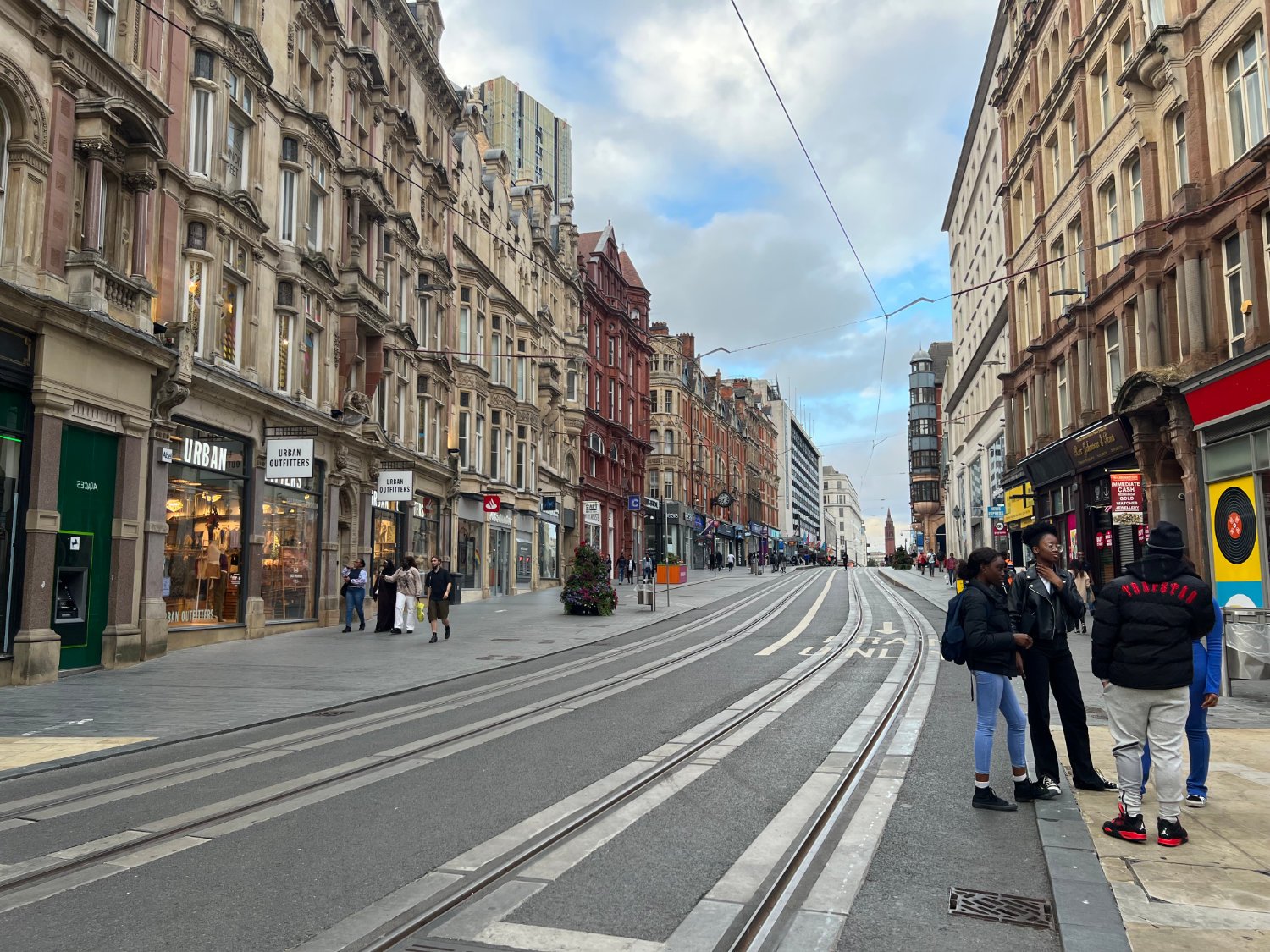
Ride practicalities
START/FINISH: Stratford-upon-Avon/Birmingham DISTANCE: 74km TOTAL ASCENT: 669m TERRAIN AND SURFACES: quiet country lanes, cycle lanes, former railway tracks, canal towpaths. Surfaces throughout are good and suitable for a touring bike with a 28mm tyres. RECOMMENDED CAFÈS/PUBS/ACCOMMODATION: Birmingham; Dishoom, The Old Joint Stock MAINLINE TRAIN SERVICES: Stratford-upon-Avon, Birmingham New Street PLACES TO VISIT: Coughton; Coughton Court, Redditch; Forge Mill, Needle Museum LINKS TO OTHER ROUTES: London to Holyhead
Ride Notes
Riding out of Stratford-upon-Avon, you’re quickly onto the Stratford-upon-Avon Canal, which you follow for about 6km before your wheels are once again purring on the tarmac of Warwickshire’s country lanes. After all the manors, palaces and gardens of yesterday’s stage, you might be all ‘cultured out’, but should you still have a thirst for more, Coughton Court is the last opportunity before the route becomes industrial. The seat of the Catholic Throckmorton family, it has been associated with various plots to kill both Elizabeth I and James I. The cost of recusancy (refusal to attend Anglican Church services) meant during the late Tudor period, that there was little money left over for any modernising changes to the house, so it remains one of the most complete early Tudor period houses. There’s a sumptious rose garden and a National Trust café to fortify you for the suburban riding ahead.
Elderberries
Redditch marks the end of countryside for the time being. At one point it produced over 90% of the world’s supply of needles. Inevitably there’s a museum which explains the history of the piercing product, where you’ll learn that there are at least fourteen different types and six processes involved in their manufacturing.
Sculpture commemorating John Bonham of Led Zeppelin
The route teases you with a little more greenery, birdsong and sturdy oak trees, before entering Bromsgrove, once the world’s centre for nail production. As well as nails, the forges made the gates and railings for Buckingham Palace. There’s little to detain you in town, so proceed through 21km of somewhat dull suburbs. That said, the route uses many traffic-free cycle paths through parks and open spaces, and yes, more canal towpaths. You pass near to Cadbury World. The chocolatiers have, since their merger with Mondelēz International, (a spin off from Kraft), have divorced themselves from Cadbury’s historic Quaker roots and become another global brand. The enterprising and entrepreneur with a social conscience, George Cadbury bought 120 acres of land close to the factory and planned, at his own expense, a model village which would 'alleviate the evils of modern cramped living conditions'. By 1900, the estate included 314 cottages and houses set on 330 acres of land. The Cadbury World experience is very much geared to young people and has airbrushed the factual (care of the workforce, fairness in factories, people before profit etc.) in favour of entertainment and Instagram opportunities.
The city of a thousand trades, Birmingham makes far less noise than England’s other ‘second city’ Manchester. Brummies prefer it that way, and will quietly tell you that they have a better story to tell, centred around iron and steel. They’ll tell you too, that the modern world began here since its been a place of innovation and invention for over 250 years. Even today, it is a city of inventors; of the 4,000 inventions copyrighted annually, nearly two-thirds originate in Birmingham. Historically, anything from piston engines, gas lighting to the wiring of pianos, has originated in the city. More than half the world’s pen nibs came from Birmingham. (The things you learn along the way!)
The view from the airiest bedroom on the NCN 5
Modernity sits happily with cobbled streets and 18th century workshops. The central square boasting a modernist library, a theatre, a concert hall and along with large open spaces harks back to classical urban planning, but with a decidedly modernist interpretation. The Jewellery Quarter is still full of working 18th century workshops, as well as great cafés and bars. Within the city there’s an enormous choice of where to eat, with balti being another Brummie invention. Probably the most exciting place to stay on the entire route is the Rotunda many high metres above the Bull Ring.
Every route on this website has been carefully researched as well as ridden. However situations on the ground can change quickly. If you know of changes to this route, or cafes, pubs and the like which you think other cyclists need to know about, feel free to share your thoughts below.
If you enjoyed this guide, why not subscribe to the website so as not to miss other inspirational routes?
wheremywheelsgo.uk is a Feedspot UK Cycling top website



